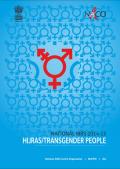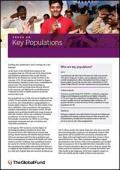Publications on Key Populations
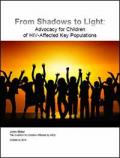
Resource | Publications,
For many years now, the children of HIV-affected key populations—sex workers, transgender people, people who use drugs, and gay men and other men who have sex with me—have remained in the shadows, figuratively tucked behind their parents’ legs, out of sight. A broad alliance of community groups, NGOs and funders is emerging to bring these children into the light.

Resource | Publications,
Since 2012, Thailand has prioritized Stigma and Discrimination (S&D) reduction as one of the primary goals in its National AIDS Strategy. In addition, Thailand has reinforced its commitment to reduce S&D under the National Operational Plan for Ending AIDS 2015-2019 and the current national strategy to End AIDS 2017-2030.
To complement Thailand’s strategies to end AIDS, a comprehensive and sustainable framework to measure S&D has been developed to provide evidence to generate commitment and interventions to reduce S&D in Thailand. Measuring S&D in key populations (KP), People living with HIV (PLHIV) and health care providers serving those populations, presents a meaningful picture for developing effective interventions and monitoring national progress in S&D reduction in health care settings.
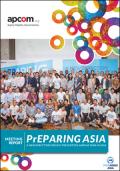
Resource | Publications,
Conducted in Amari Watergate, Bangkok, from 23 to 25 September 2015, the Dialogue was part of the regional rolling out of the new WHO Guidelines, which recommend PrEP as an important additional component of comprehensive HIV prevention for high risk men who have sex with men (MSM).
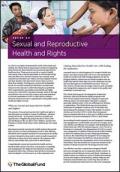
Resource | Publications,
In order to maximize investments for AIDS, tuberculosis and malaria, the Global Fund is supporting countries in integrating interventions for these diseases into sexual and reproductive health services. These services provide a country’s health care system with a critical opportunity to reach people living with and affected by the three diseases.
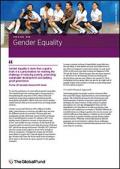
Resource | Publications,
To end the epidemics, we must address gender inequality. The Global Fund’s new strategy takes a strong stand on strengthening the response to HIV, tuberculosis and malaria by supporting programs that address gender inequalities and gender-related risks and remove gender-related barriers that prevent people from accessing health services.






